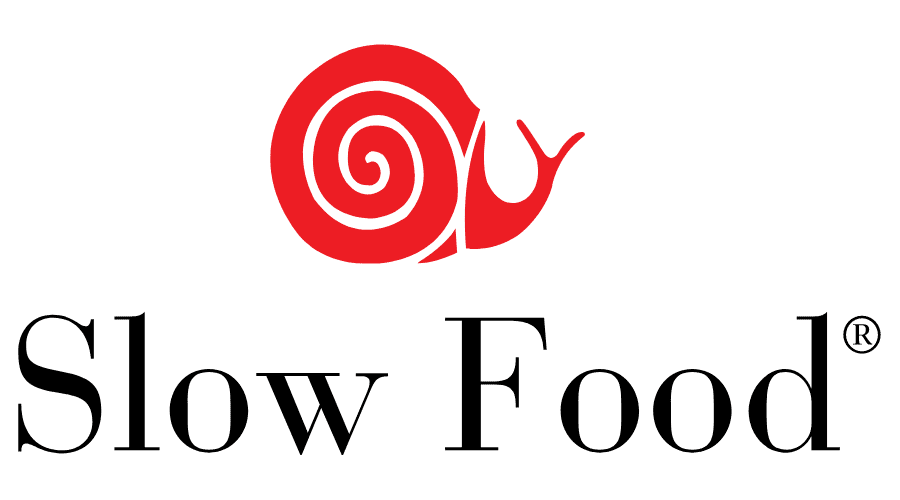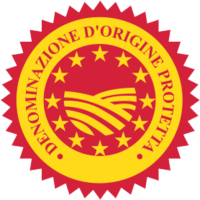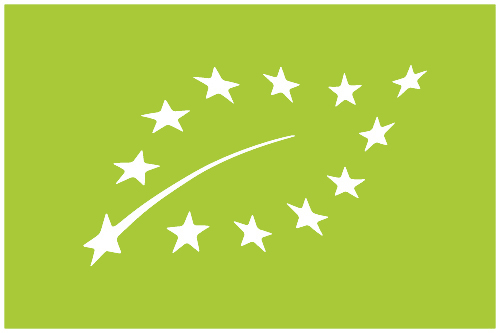Værd at vide
Gambero Rosso, Slow Food,
DOP certificering og Økologisk ekstra Jomfru Olivenolie
Hvis du vil vide mere, kan du læse med her
Gambero Rosso

Gambero Rosso is an Italian food and wine magazine and publishing group founded in 1986. Its name literally translates to “Red Prawn” and origins from the story about Pinocchio where the fox, the cat and Pinocchio have dinner at L’Osteria del Gambero Rosso. From 1987, Gambero Rosso published a guide to Italian Wine, which in short time became the most influential within Italy. From 1990, a guide to Italian restaurants followed and later the olive oil guide. followed. Wines are rated by glasses, restaurants are rated by forks and olive oils are rated by leaves -“foglie”. The rating principles are the same for the categories, and e.g. for wine, three glasses indicate “extraordinary wines”, two red glasses indicates a wine that is a candidate to receive 3 glasses, two glasses indicates “very good wines” and one glass indicate “good wines”. The guide only includes wine which are seen as above average by the editors, and the following ratings are based upon blind tasting by independent experts
Gambero Rosso about Abruzzo: Abruzzo is the most northern italian region that in 2021 has managed to increase the production compared to last year. Autumn rain has brought new force to the trees resulting in a 30% increase and a total output of right over 10.000 tons. Having said that, we here have a territory that once again proves to be in line with the time and trends when it comes to raising the bar – thanks to the cutting edge producers and mills to whom quality is the “Raison d’Etre”.
Gambero Rosso about oil maker Frantoio Mercurius: Claudio Di Mercurio’s oil mill has once again demonstrated that it is a benchmark for the area and the region. Passion and experience are the elements that drive the work in the mill and among the property’s 5.000 trees (1.800 of which go back at least a century).
Slow Food

The history of an idea : Slow Food was started by Carlo Petrini and a group of activists in the 1980s with the initial aim to defend regional traditions, good food, gastronomic pleasure and a slow pace of life. In over two decades of history, the movement has evolved to embrace comprehensive approach to food that recognizes the strong connections between plate, planet , people, politics and culture. Today Slow Food represents a global movement involving thousands of projects and millions of people in over 160 countries:
In 1986 Slow Food is created in Italy after a demonstration on the intended site of a McDonald’s at the Spanish Steps in Rome.
In 1989 the International Slow Food movement is officially founded in Paris and the Slow Food Manifesto is signed.
In 1990 the first Slow Food International Congress was held in Venice and the first Osterie d’Italia guide is published.
Today, there are more than 1.600 Slow Food communities around the world.
Denominazione d'Origine Protetta - DOP

DOP Aprutino Pescarese certification – Denominazione d’origine protetta- garantees that all stages of the manufacturing process are regulated and controlled and that the oil is produced and packaged in the area concerned. The control and the local manufacturing traditions ensure a high quality – and you can taste that in the finished product. In the DOP certification Aprutino Pescarese, the varieties Dritta, Leccino and Toccolano are used, and the oil has a maximum acid content of 0.6%.
Organic (økologisk)

The European Union organic logo gives a coherent visual identity to organic products produced in EU. This makes it easier for consumers to identify organic products and helps farmers to market them across the entire EU.
The organic logo can only be used on products that have been certified as organic by an authorised control agency or body. This means that they have fulfilled strict conditions on how they must be produced, processed, transported and stored. The logo can only be used on products when they contain at least 95% organic ingredients and additionally, respect further strict conditions for the remaining %. The same ingredient cannot be presented in organic and non-organic form.
Next to the EU organic logo, a code number of the control body must be displayed as well as the place where the agricultural raw materials composing the product have been farmed.
Ekstra Jomfru Olivenolie
The term Extra Virgin Olive Oil guarantees that only healthy and fresh olives are used. Extra Virgin is the highest quality and most expensive olive oil classification. it should have no defects and a flavor of fresh olives. It must be produced entirely by mechanical means without the use of any solvent, and under temperatures that will not degrade the oil ( less than 270 ).
The chemical terms extra virgin olive oil is described as having free acidity, expressed as oleic acid of not more than 0.8 gram per 100 gram and a peroxide value of less than 20 milliequivalent O2..
In order for an oil to qualify as “Extra Virgin” the oil must also pass both an official chemical test in a laboratory and a sensory evaluation by a trained tasting panel recognized by the International Olive Council. The oil must be found to be free from defects while exhibiting some fruitiness
Since extra virgin olive oil is simply pressed fruit juice without additives, the factors influencing its qualitive and taste include the varieties of olives used, the terroir and the countless decisions, production practices and the dedication of the producer. Olive oil tasters describe the positive attributes using the following terms:
Fruity: Having pleasant spicy fruit flavors characteristics of fresh ripe or green olives. Ripe fruit yields oils that are milder, aromatic, buttery and floral. Green fruit yields oils that are grassy, herbaceous, bitter and pungent.
Bitter: creating a mostly pleasant acid flavour sensation on the tongue.
Pungent: Creating a peppery sensation in the mouth and throat.
The micro climate of Abruzzo
The olive oil is produced in the province of Pescara in the heart of Abruzzo. The province is characterized by mountains, hills and coasts along the Adriatic sea. Due to the microclimate and the quality of the soil (limestone, clay and fine sand from the mountain rivers), the region has ideal conditions for the production of high-quality oil. At the same time the cultivation takes place at the foot of the mountains. The cool air from the mountains reduces the extent of pests quite naturally, thus avoiding the use of insecticides.

